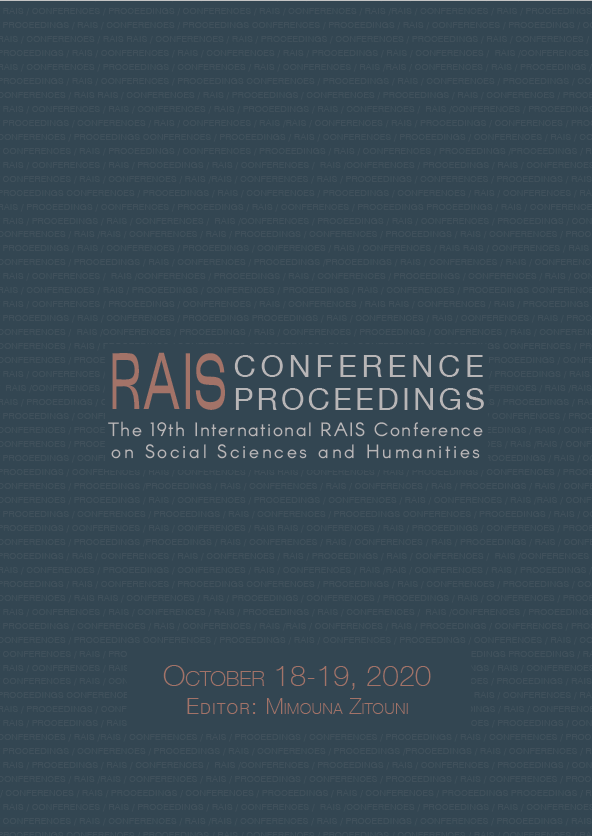Criminological and Philosophical Explanations for the Formation of Homicidal Ideation and the Role of Serotonin (5-HT) in Controlling Aggressive Behavior
Criminological and Philosophical Explanations for the Formation of Homicidal Ideation and the Role of Serotonin (5-HT) in Controlling Aggressive Behavior
Author(s): Gabriel Tănăsescu
Subject(s): Criminal Law, Studies in violence and power
Published by: Scientia Moralitas Research Institute
Keywords: homicidal ideation; serotonin (5-HT); amygdala; aggressive behavior;
Summary/Abstract: From a criminological point of view, the passage to the act represents the concrete materialization of the volitional act of crime, but also the manifestation of the homicidal ideation (hidden in the darkness of the unconscious) as an active shadow of the darkness of criminal preparation (before thiking), which opens its death drive, in the intangible world of the symbolic and penetrates the reality of criminal causality. From a philosophical point of view, it must be explained how the unconditionality of the crime becomes an essential condition for the commission of the criminal act. This article also analyzes the effect of serotonin (5-HT) in the neural control of the manifestation of aggressive behavior. Impulsive aggression, depression, personality disorders, drug abuse, are associated with a dysfunction in the serotonin system (5-HT). The neurobiology of violence examines the serotonergic system and proposes in some cases therapeutic action. The role of the amygdala in the process of emotional, affective and motivational representations is essential. Imaging studies that reported significant correlations between amygdala activity and emotional memory are also analyzed.
Book: Proceedings of the 19th International RAIS Conference on Social Sciences and Humanities
- Page Range: 114-119
- Page Count: 6
- Publication Year: 2020
- Language: English
- Content File-PDF

